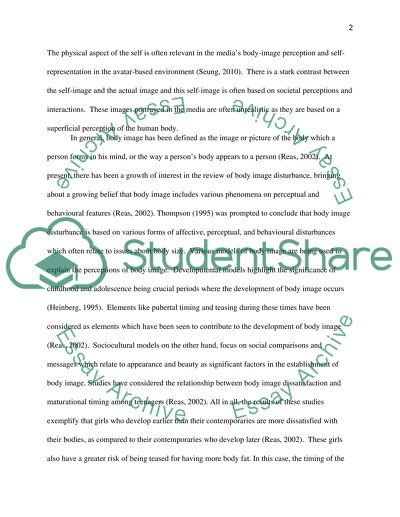Cite this document
(“The Malleability Of The Body In Media Representations Essay”, n.d.)
Retrieved from https://studentshare.org/sociology/1433913-the-malleability-of-the-body-in-media-representations
Retrieved from https://studentshare.org/sociology/1433913-the-malleability-of-the-body-in-media-representations
(The Malleability Of The Body In Media Representations Essay)
https://studentshare.org/sociology/1433913-the-malleability-of-the-body-in-media-representations.
https://studentshare.org/sociology/1433913-the-malleability-of-the-body-in-media-representations.
“The Malleability Of The Body In Media Representations Essay”, n.d. https://studentshare.org/sociology/1433913-the-malleability-of-the-body-in-media-representations.


